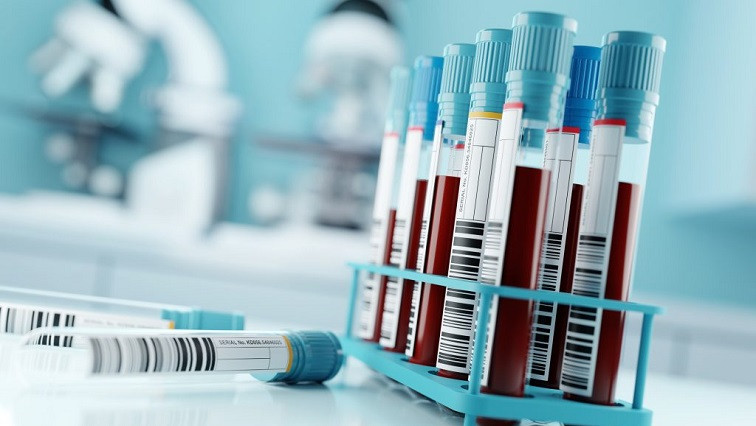Dr. Min-young Lee and Dr. Sung-gyu Park of the Advanced Bio and Healthcare Materials Research Division at KIMS have developed a technology that can detect cancer mutant genes in blood with the world's highest sensitivity of 0.000000001% based on plasmonic nanomaterials for optical signal amplification. The team tested blood samples from lung cancer patients (stages 1-4) and healthy individuals for EGFR mutations and achieved a diagnostic accuracy of 96%.
Previously utilized genetic analysis technologies had low analytical sensitivity to detect mutated genes compared to normal genes, making it difficult to accurately diagnose early-stage cancer patients. In addition, it was difficult to establish a quick treatment strategy and apply it to screening tests due to the high cost and long time required for analysis and the need for special equipment. To overcome these challenges, the research team developed a low-cost analysis technology that can analyze various cancer mutations within the target gene region within 1 hour with an ultra-high sensitivity of 0.000000001%. This technology boasts the world's highest level of sensitivity, which is 100,000 times better than the highest level of 0.0001% among reported technologies, and through this, the possibility of early diagnosis was confirmed using the blood of lung cancer patients.
This technology combines nanomaterial technology that significantly improves the fluorescence signal, and primer/probe design that suppresses the fluorescence signal of normal genes, amplifying only the fluorescence signal of cancer mutant genes. This is because the accurate detection of even very small amounts of cancer mutated genes requires not only strong fluorescent signal expression technology but also precise discrimination of fine fluorescent signals. The team fabricated a biochip in the form of a microarray capable of simultaneously detecting three mutant genes of EGFR (deletion, insertion, and point mutations) on a plasmonic substrate made of three-dimensional, high-density gold nanostructures. After evaluating the clinical performance of 43 domestic lung cancer patients (stages 1 to 4) and 40 normal groups, a clinical sensitivity of 93% for lung cancer patients and a clinical specificity of 100% for the normal group were confirmed.
This technology can play an important role in not only early diagnosis and detection of recurrence of cancer, but also in monitoring treatment effectiveness and establishing personalized treatment plans. In addition, liquid biopsy using blood is possible as an alternative to surgical tissue biopsy, reducing the burden on patients and simplifying the examination process. It can also serve as a regular screening test, ultimately improving the quality of cancer management and treatment.
Senior researcher Min-young Lee said,“Because it is capable of comprehensively detecting various cancer mutations with the world’s highest level of ultra-high sensitivity, it can become a leading player in the early cancer diagnosis and treatment/recurrence monitoring market,”and added, “We expect that this will greatly improve the survival rate and quality of life of cancer patients.”
This research was funded by the Ministry of Science and ICT’s Nano Materials Technology Development Project (hosted by the Korea Institute of Materials Science). Additionally, the research results were published online on June 26 in the world-renowned academic journal ‘Small Science’ (IF: 11.1, first author Dr. Ji-young Lee) and were also selected as the cover paper (Inside Front Cover). Currently, the research team is conducting expanded development of early diagnosis technology for various cancers, such as lung cancer, colon cancer, breast cancer, and pancreatic cancer, and is seeking technology transfer companies for commercialization.
Read the original article on Korea Institute of Materials Science (KIMS).







